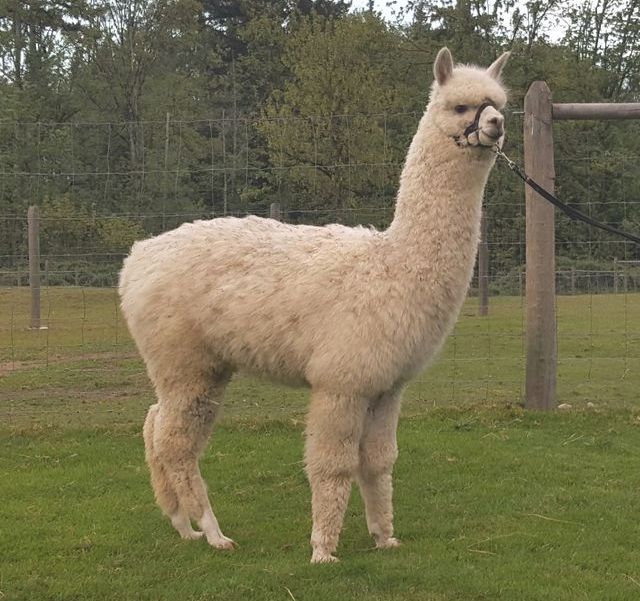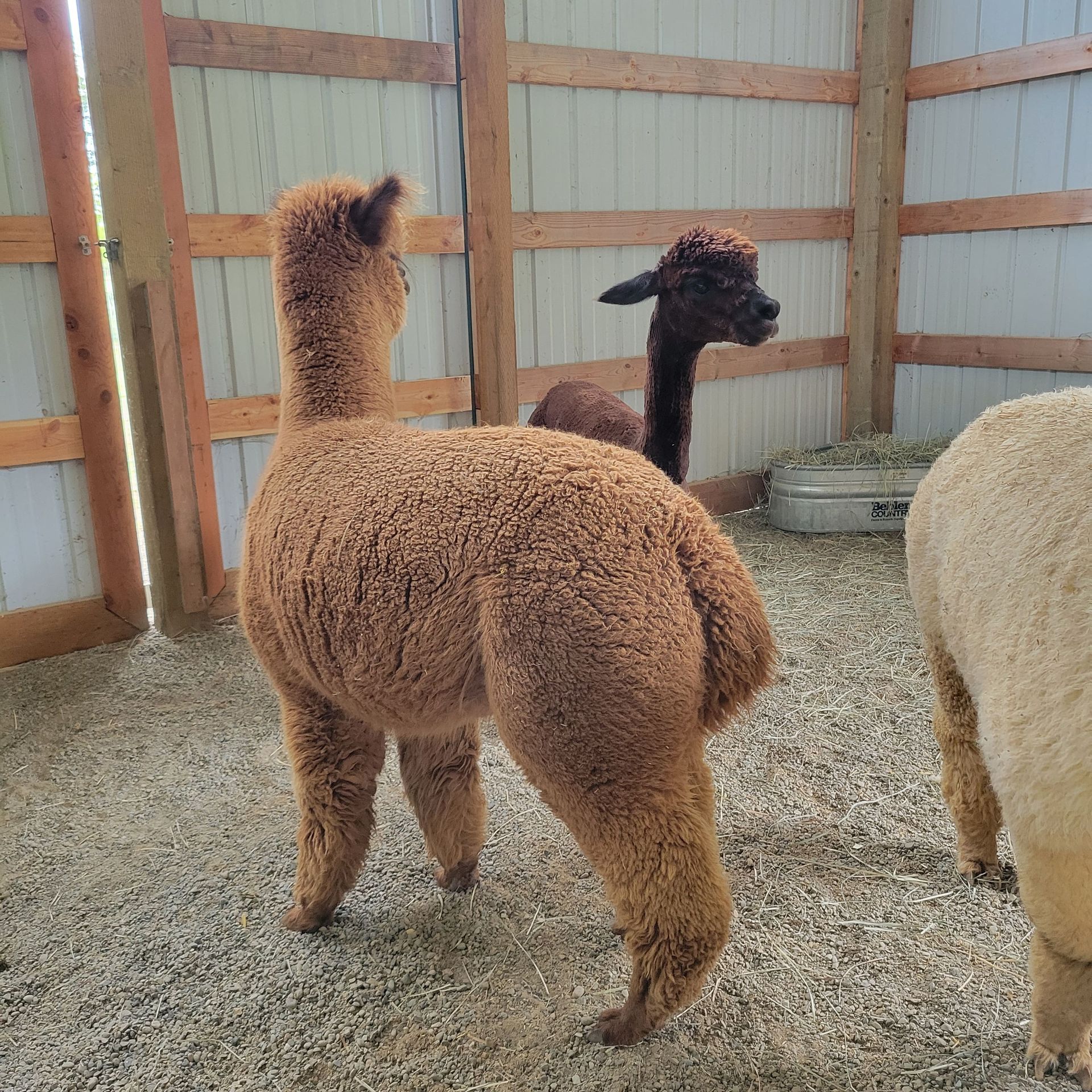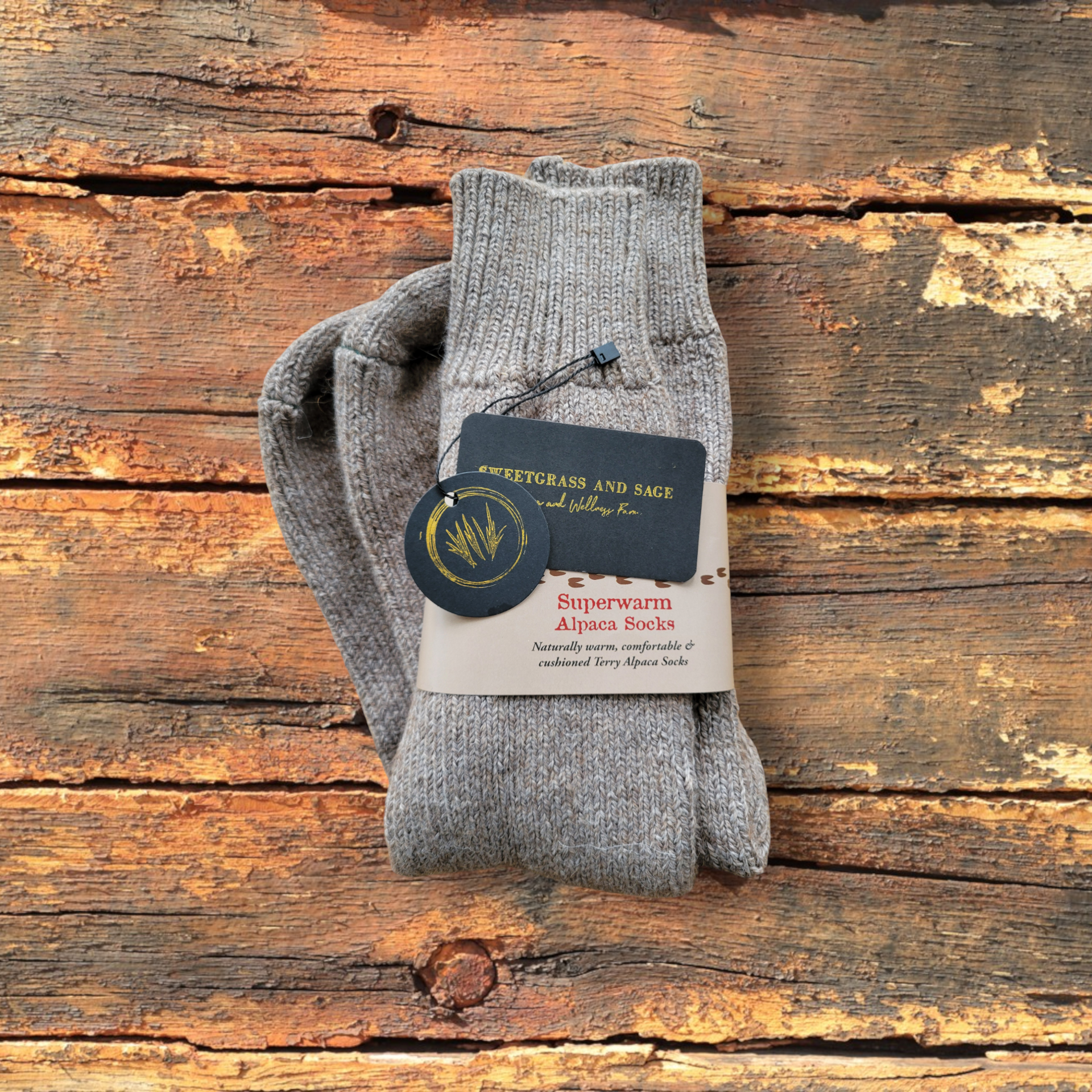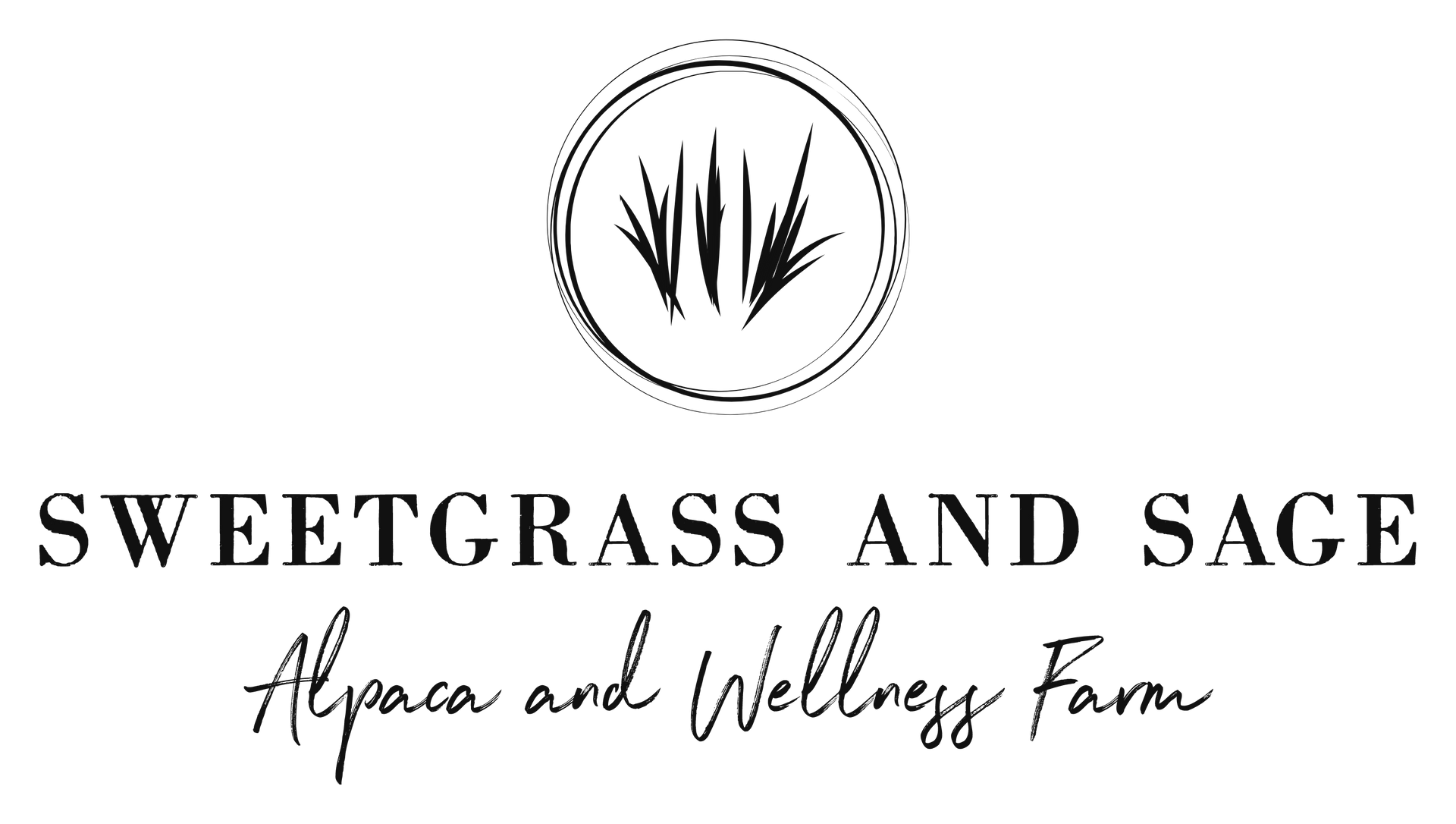Why are our females all white?
What is an Accoyo Alpaca?

I have been asked several times, why is your female herd all white? I thought this would make a great blog because it is true, why would you want to have all one monotone color, isn’t white, well… kind of boring? Maybe, but it has more to it than that, let’s dig in a little deeper.
To begin, 3 of our 4 alpaca females are 100% Accoyo and the 4th is 75% Accoyo. To answer why, I think a little history of what an Accoyo alpaca will help. Accoyo alpacas are a distinct breed of alpaca that originated from the Accoyo region in Peru. This area is known for its unique climate and geographical features, which contribute to the high quality of the fiber produced by these animals. Here’s a brief overview of their history:
1. The Accoyo alpacas have been bred for centuries in Peru, primarily for their fine fleece. The region's conditions are ideal for producing alpacas with dense, soft fiber.
2. Over the years, breeders in the Accoyo region focused on selective breeding to enhance desirable traits such as fiber quality, color, and conformation. This has led to the development of alpacas that are known for their exceptional fleece.
3. In the 1980s, a few Accoyo alpacas were imported to the United States, which helped to introduce their genetics to North American breeding programs. The first major importation occurred in 1994, when a significant number of Accoyo alpacas were brought to the U.S., further establishing their presence in the alpaca community.
4. Following their introduction, various breeding programs were developed to maintain and improve the quality of Accoyo alpacas. Breeders focused on characteristics such as fiber density, softness, and overall health.
5. Accoyo alpacas gained recognition in the alpaca industry for their high-quality fleece, and they became highly sought after by breeders and fiber enthusiasts. Their popularity has continued to grow, leading to the establishment of various shows and competitions to showcase their quality.
6. Today, Accoyo alpacas are highly valued both for their fleece and as breeding stock. They are recognized for their distinct characteristics and are an important part of the global alpaca industry.
We are new to the world of alpacas and wanted to make sure our initial investment was made with a lower margin of error. Our intention is to breed alpacas for show, so we wanted to start with what we believe are the most important foundational aspects of an alpaca which begin with fleece characteristics, specifically fleece fineness or AFD (Average Fiber Diameter). If you produce a narrow fluctuation of these fine fibers, or SD (Standard Deviation) the blanket will show higher consistency of quality or coefficient of variation and begin the conversation for solid foundation to build on.
When we were researching how to achieve a consistent fleece character, the Accoyo name kept coming up for this feature, over and over again. The Accoyo was also known to have larger solid bodies with consistent conformation in overall composition. Thus, achieving another important aspect of alpaca judging which is body phenotype or appearance.
With the foundation of our breeding program showing consistent fineness and great conformation, we have the beginnings of something we can build from. We can influence color and other measurable characteristics through selective genotype introduction and when combined with modern science we can steer the next generations of our herd towards the “perfect alpaca”. Okay… deep sigh [tempered enthusiasm], we think our program will have an excellent beginning… 😊




